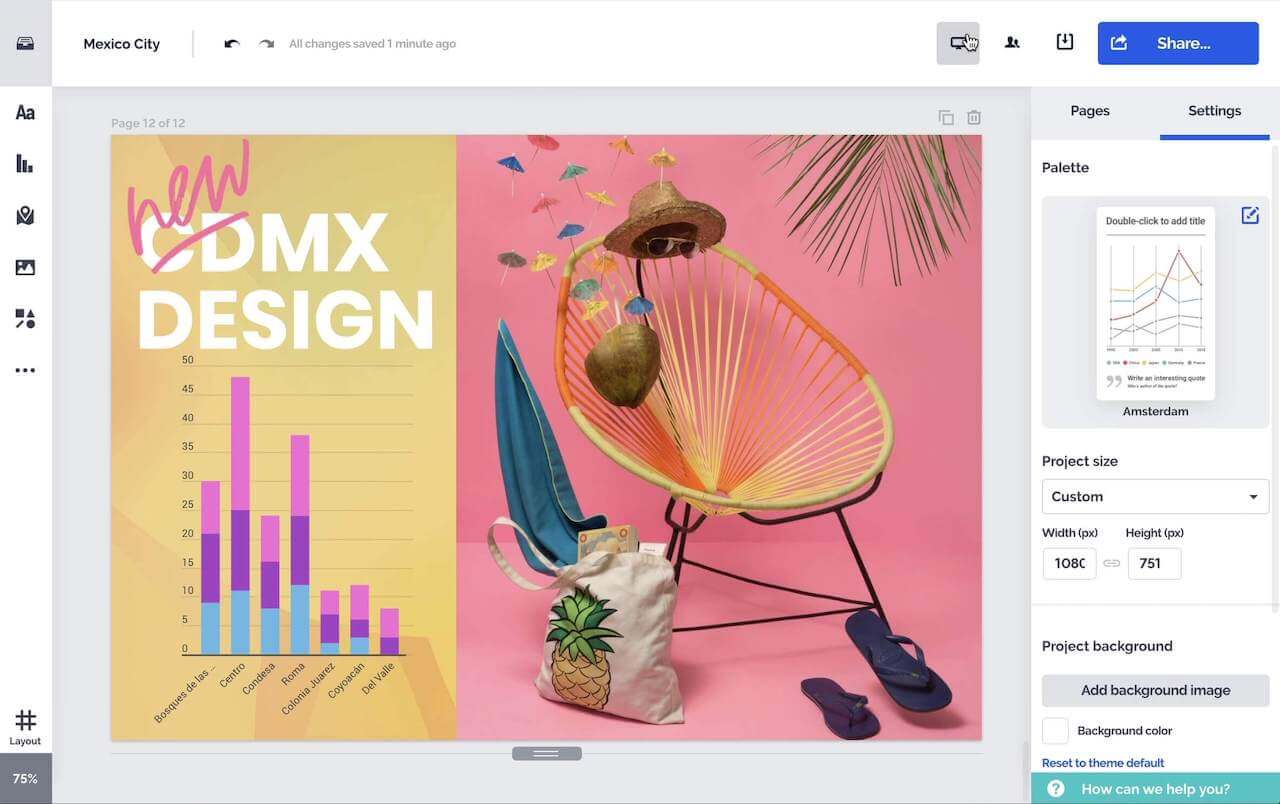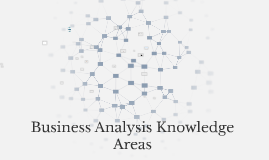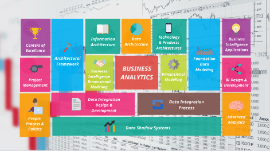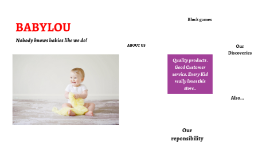Business Analytics
Transcript: Data Shadow Systems BUSINESS ANALYTICS Business Intelligence Applications Project Management Advanced Analytics Centers of Excellence People, Process & Politics BI Design & Development Architectural Framework Architectural Framework Business Intelligence Business Intelligence (BI) is a technology infrastructure for gaining maximum information from available data for the purpose of improving business decisions and processes. Architectural Framework Architectural Framework is like a blueprint for new BI projects which enable them to complement each other and create a cohesive, cost-effective BI solution. It helps in accommodating expansion and renovation based on evolving requirements, capabilities, and skills. Architecture Categories Architecture Categories 1. Information Architecture - defines the “what, who, where, and why” for BI or analytical applications: • What business processes or functions are going to be supported, what types of analytics will be needed, and what types of decisions are affected. • Who (employees, customers, prospects, suppliers, or other stakeholders) will have access. • Where the data is now, where it will be integrated, and where it will be consumed in analytical applications. • Why the BI solution(s) will be built—what the business and technical requirements are. 2. Data Architecture - defines the data along with the schemas, integration, transformations, storage, and workflow required to enable the analytical requirements of the information architecture. The scope of the data architecture starts where data is created in the source systems by information providers and ends where the business person (or information consumer) performs data analysis. 3. Technical Architecture - defines the technologies that are used to implement and support a BI solution that fulfills the information and data architecture requirements. These technologies cover the entire BI life cycle of design, development, testing, deployment, maintenance, performance tuning, and user support. It is composed of 4 major functional layers namely: • Business Intelligence (and Analytical Applications) • Data Warehouse and BI Data Stores • Data Integration • Data Sources 4. Product Architecture - defines the products, their configurations, and how they are interconnected to implement the technology requirements of the BI framework. Accidental Architecture Accidental Architecture is an evolution of DW and BI projects without planned architecture which results to developing tactical projects while chasing the latest technology proclaimed by analysts, columnists, and the vendors offering these solutions. Steps on how to recover from an Accidental Architecture: • Review your documentation of existing systems. • Reverse engineer any systems without updated documentation or where there are gaps in the documentation. • Gather and prioritize business requirements. • Gather and prioritize technology considerations. • Design your architecture. • Determine the gaps between your current systems and your solution architecture. • Develop a program plan, including budget, resources, and timetable to get you toward that architecture. • Start your first project. Summary of Architecure Action Plan Summary of Architecure Action Plan Information Architecture Information Architecture Information Architecture Information Architecture defines the business context - “what, who, where, and why” - necessary for building successful business intelligence solutions. It helps tame the deluge of data with a combination of processes, standards, people, and tools that establish information as a corporate asset. Information Architecture Questions The Information Architecture Questions Data Information Integration Data Integration Framework (DIF) is a blueprint or set of guidelines to transform data into consistent, quality, timely information for the business people to use in measuring, monitoring, and managing the enterprise. As a result, it gives the enterprise a better overall view of its customers and helps consolidate critical data. Components of DIF Components of DIF DIF IA's Objectives DIF Information Architecture’s Objective is to gather data that is scattered inside and outside an enterprise and transform it into information that the business uses to operate and plan for the future. Data is gathered, transformed using business rules and technical conversions, staged in databases, and made available to business users to report and analyze. Compositions of DIF IA Compositions of DIF Information Architecture: 1. Data preparation: the first data integration stage includes gathering, reformatting, consolidating, transforming, cleansing, and storing data – both in staging areas and in the DW. • Gather and extract data from source systems. An enterprise’s source systems may have a mix of custom-built, on-premise, and cloud-based applications along with many external sources. Although it is generally easy to get data out of any of these sources, it is •

















